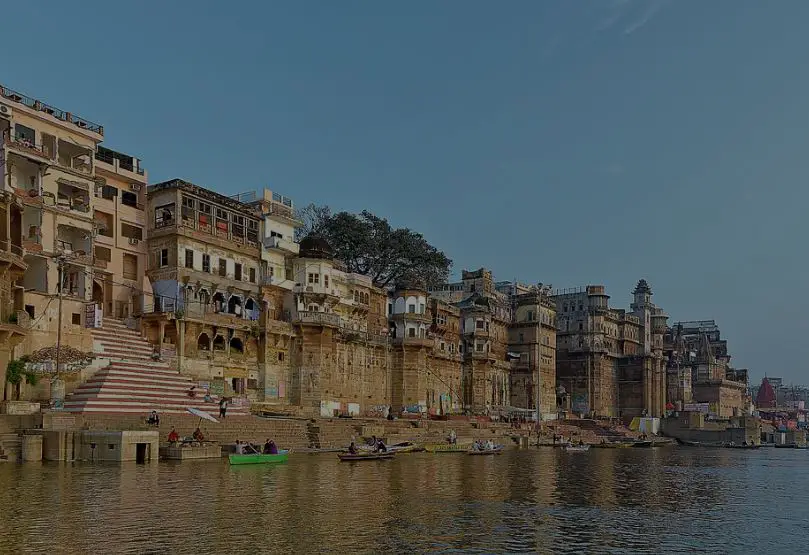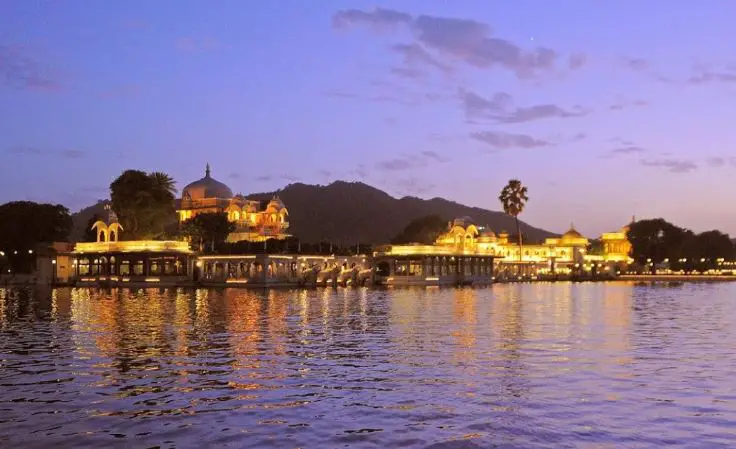What is the Aurora Borealis, and where is the best place to see it?
Post ByAdequate Travel
Summary
The Aurora Borealis (also known as the Northern Lights) is one of nature’s most beautiful and awe-inspiring phenomena. Join us as we explore the origins, formation, and best places to witness this dazzling natural light show. Keep in mind that travel guidelines and travel rules may change anytime, so regularly check for updates to ensure a hassle-free and memorable travel experience.What is the Aurora Borealis?
The Aurora Borealis, also known as the Northern Lights, is a natural phenomenon that occurs in the Earth's polar regions. It is characterized by colorful lights appearing in the night sky, creating breathtaking displays of vibrant and dancing patterns.
Components of the Aurora Borealis
1. Solar Wind: The Northern Lights are caused by solar particles, mainly electrons and protons, being ejected by the sun and entering the Earth's atmosphere.
2. Earth's Magnetic Field: The Earth has a protective magnetic field that deflects most of the solar particles. However, near the polar regions, the field lines are weaker, allowing some particles to enter the atmosphere.
3. Excitation of Oxygen and Nitrogen: When the solar particles collide with oxygen and nitrogen atoms in the atmosphere, they excite the atoms' electrons to higher energy levels.
4. Light Emission: As the excited electrons return to their original energy levels, they release the excess energy in the form of visible light. The different colors observed in the Aurora Borealis are dependent on the type of gas molecules involved and their altitude in the atmosphere.
Best Places to See the Aurora Borealis
1. Fairbanks, Alaska: Fairbanks is located within the "Aurora Oval," an area known for its high frequency of Northern Lights sightings. Its clear skies and low light pollution make it an excellent destination for witnessing this celestial spectacle.
2. Tromsø, Norway: Situated in the Arctic Circle, Tromsø offers visitors a high chance of Aurora Borealis sightings. The city has several viewing points and numerous tour operators specializing in Northern Lights trips.
3. Reykjavík, Iceland: Iceland's remote location, coupled with its geothermal hot springs and stunning landscapes, makes it an attractive spot for experiencing the Northern Lights. Many tours are available, taking visitors away from the city lights for optimal viewing conditions.
4. Abisko, Sweden: Abisko National Park in Sweden is known for its clear skies and minimal light pollution. It lies in a "rain shadow," resulting in fewer clouds and an increased possibility of encountering the Northern Lights.
5. Yellowknife, Canada: Yellowknife, the capital city of Canada's Northwest Territories, is well-known for its Aurora viewing opportunities. Its northern latitude, combined with the lack of light pollution, offers ideal conditions for observing the Northern Lights.
Remember that the Aurora Borealis is a natural phenomenon, and sightings are dependent on various factors such as solar activity, weather conditions, and geomagnetic activity. It is always recommended to check with local experts and guides for the best times and locations to witness this awe-inspiring display.
Stay informed about any travel restrictions or travel rules in place, as they may vary depending on your destination within the country.Suggested Questions
- Karvia Church, Karvia: Horror Story, History & Paranomial Activities
- Huittinen Church, Huittinen: Horror Story, History & Paranomial Activities
- Puumala Old Rectory, Puumala: Horror Story, History & Paranomial Activities
- Kauhava Old Church, Kauhava: Horror Story, History & Paranomial Activities
- Paltamo Old Church, Paltamo: Horror Story, History & Paranomial Activities
- Yli-Ii Old Church, Oulu: Horror Story, History & Paranomial Activities









